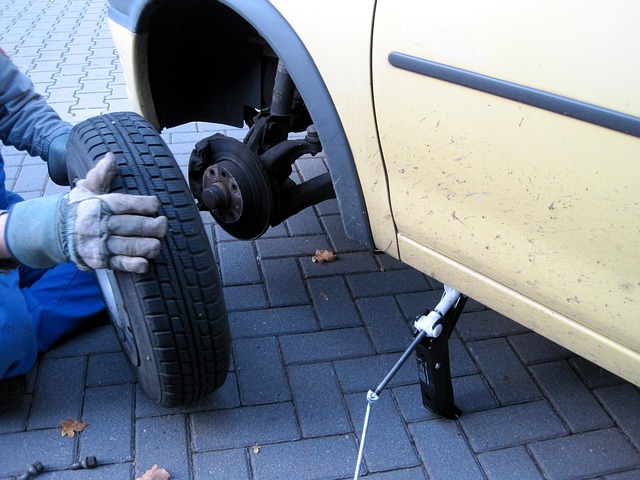In the traditional car ownership model, you not only purchase your car, but you also pay for annual registration of your vehicle, monthly auto insurance, regular car maintenance and fuel. Worse, because of the significant increase in traffic congestion in recent years, many cities and states are increasing tolls and other fees for driving. New York City, for instance, is planning to charge drivers a hefty fine to enter the busiest areas of the city, and groups are pushing for similar legislation in rapidly congested metropolitan regions like Seattle and Los Angeles.
All this is to show that it ain’t cheap to own a car, and it is becoming more expensive by the day. So, what if you could get rid of your car but still have access to a vehicle whenever you need it? Would that make a positive impact on your life?
All About Car Sharing
Like ride sharing, car sharing isn’t particularly new. In fact, whenever you rent a car for a day or week for travel, you are participating in car sharing. The difference is that more modern car sharing business models allow users to access vehicles for a few hours or less. Typically, car share services require subscriptions in the form of a nominal monthly fee, and they also charge per use of a car, which might be calculated per mile or per minute in use.
There are a few different models employed by car sharing providers. Here’s a quick breakdown of the current options:
Free-floating Car Sharing
Users can pick up and drop off shared vehicles anywhere and everywhere. This means there is no guarantee that car share options will be nearby, but it is incredibly convenient for drivers.
Round-trip Car Sharing
Also called station-based car sharing, this model requires users to pick up and drop off vehicles from the same parking lot. This makes it easier for car sharing companies to keep track of their vehicles, and it gives users confidence that there will be vehicles available for use in a certain space.
A-B Car Sharing
A combination of free-floating and round-trip models, A-B car sharing allows users to pick up vehicles from one station and drop them off at another. This way, cars are kept in known, accepted locations, but those locations are more flexible and thus more convenient to drivers.
Peer-to-peer Car Sharing
This model is like Airbnb for vehicles; it gives users access to personally owned vehicles, and it allows owners of vehicles to capitalize on their investment when the vehicles aren’t already in use. Often, P2P car sharing gives users access to exclusive or luxury vehicles, which aren’t common in other car sharing fleets.
For each of these models, a car sharing platform already exists, so entrepreneurs can quickly build a fleet to service a city or a new niche. The question is whether there is a market for more car shares.
Who Should Consider Car Sharing
As mentioned above, vehicle use in cities and suburbs is climbing, causing problems such as severe traffic congestion, air pollution, infrastructure degradation and more. Many municipalities are working to curb vehicle use in any way they can, such as high tolls and fines. Car sharing is an excellent way to reduce city-dwellers’ dependence on personal vehicles.
Users of car shares attest that they most often find alternative methods of transportation, such as public transit options, like trains and buses, as well as human-powered transport, like bikes and walking. Then, only when they truly need a personal vehicle, do they take advantage of car share. This keeps roads clearer in cities that sorely need it. Even better for the average car share user, it keeps the costs of vehicle use down. 
In rural environments, it’s a different story. Because potential car share users are more spread out in the country, it is more difficult to give users effective access. Because residents of rural areas tend to have more space for vehicles — and more need of them to reach their destinations in the absence of functional rural public transit — it isn’t sensible for country-dwellers to utilize car sharing services. However, that might change as new car sharing models and technologies emerge.
Car sharing’s recent rise in popularity has increased innovation in the space with the result of better business models to improve accessibility to a greater number of potential car share users. While not everyone benefits from car sharing services as of yet, it’s not unlikely that the future will bring even greater ease of access in an even greater range of locations.






